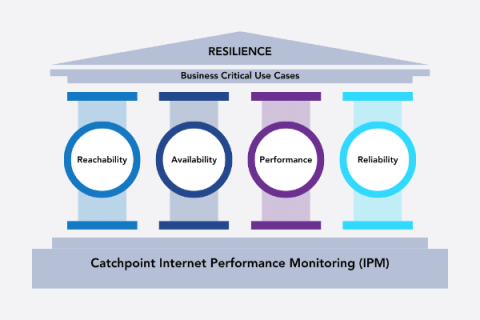How to Propagate OpenTelemetry Trace Headers Over AWS Kinesis: Part 2
In the first article of our series, we explored the importance of trace headers and the complexities involved in their propagation. Now, we shift from theory to practice. This second installment will take you through a hands-on baseline scenario and our initial strategy of propagating the OpenTelemetry trace context in AWS Kinesis by using the PartitionKey parameter.



